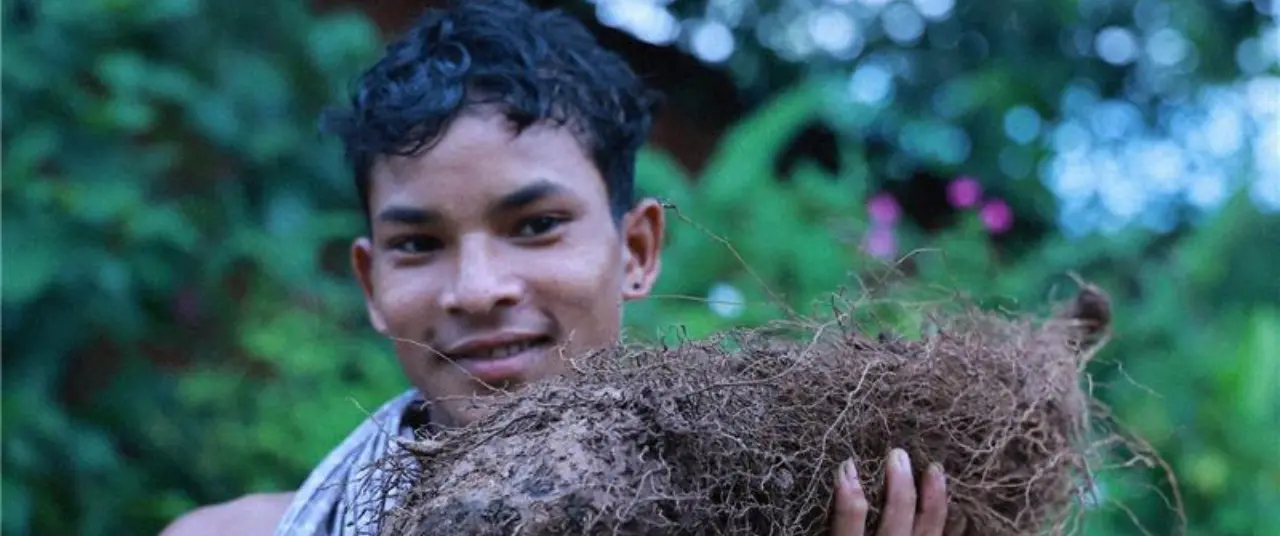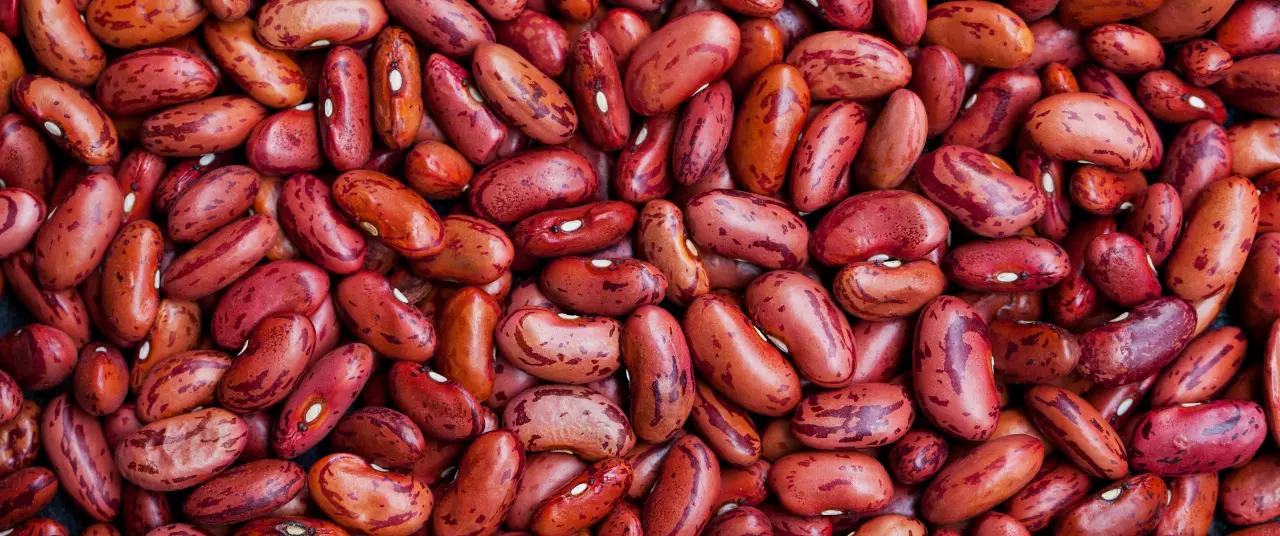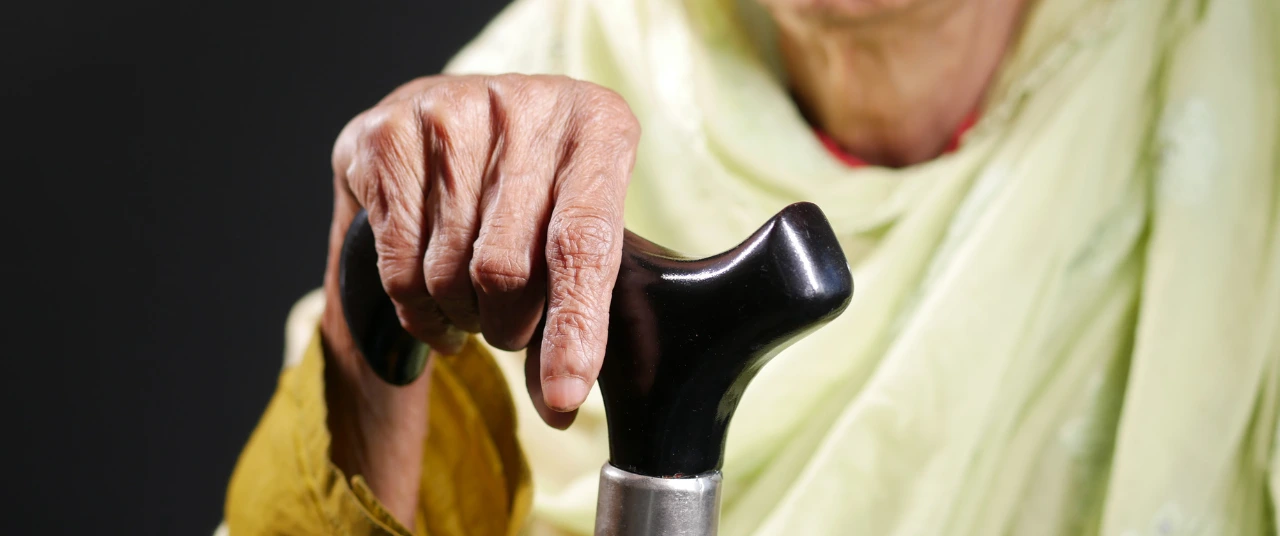Pulses are a crucial source of protein. But in India, their consumption remains troublingly low






When it comes to meeting individuals’ bodily protein requirements, pulses play a crucial role—particularly in the case of vegetarian individuals. When combined with cereals, they significantly complement the proteins contained in them, resulting in a more wholesome diet.
A 2022 publication by the National Academy of Agricultural Sciences (NAAS) states that pulses play a key role in reducing significant ailments and diseases. “Eating pulses along with Vitamin C-rich foods enhances absorption of iron, rendering pulses a potent food for preventing anaemia. Pulses being high in fibre, low in fat and with a low glycemic index, are thus an ideal food for weight management, particularly for the diabetic patient,” the authors of the publication, titled Sustaining the Pulses Revolution in India: Technological and Policy Measurers, write.
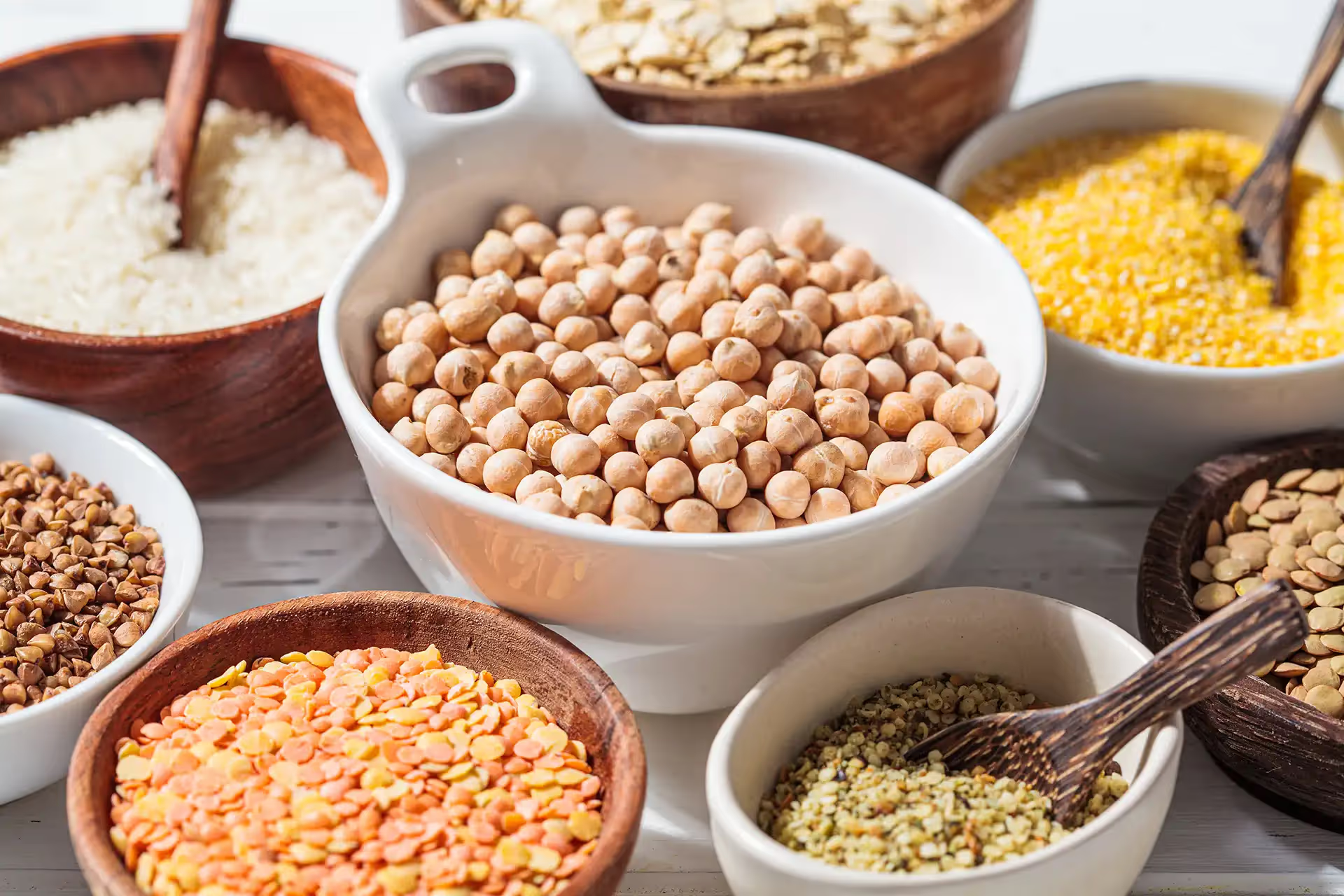
They add that the high fibre content in these legumes lowers low-density lipoprotein (LDL) cholesterol, reducing the risk of coronary heart disease. Per the publication, pulses also contain phytochemicals and antioxidants, which lend to them anti-cancer properties.
“Being leguminous crops, possessing root nodules, they fix and utilise atmospheric nitrogen. They are thus not dependent on industrially fixed nitrogen, a process requiring energy, but add up to 30 kgs of nitrogen per hectare to the soil and improve its fertility,” writes Dr. S. Ramanujam in a chapter from the Handbook of Agriculture published by the Indian Council of Agricultural Research (ICAR).”
Dr. Ramanujam goes on to give more specific uses of various pulses. Black gram (urad) is very rich in phosphoric acid. Germinated seeds of Bengal gram (chana) are recommended to cure scurvy, while the malic and oxalic acids found in its green leaves are prescribed for intestinal disorders. Moth beans, also known as matki beans, are among the most drought-resistant pulses. Due to its low, trailing, mat-like growth, it is very helpful against wind erosion in sandy areas where it is grown more extensively.
In the case of pigeon pea (arhar), the green leaves and tops of the plant are fed to animals or utilised as green manure. Dry stalks obtained after threshing are used for basket-making or as fuel and thatching material. A deep-rooted crop, arhar is also planted as a soil rejuvenator to break up the hard subsoil, and as a hedge to check erosion. The heavy shedding of its leaves adds considerable organic matter to the soil.
Apart from their significant contribution to nutrition, there are many other benefits of pulse crops. Due to their nitrogen fixation abilities, pulses contribute significantly to lowering the dependence on chemical fertilisers when grown in rotation with cereal crops or as mixed cropping. This, in turn, helps to reduce greenhouse gas emissions.
Also read: Protein’s seen and unseen benefits: How it affects metabolism, muscle repair
Dip in consumption and production
Given these multipronged benefits, it is not surprising that traditionally, India’s farmers have grown a wide diversity of pulse crops, particularly in mixed farming systems, and in rotations well adapted to local conditions. These pulses have been much valued in local food habits too, being processed and cooked into hundreds of cherished dishes, including snacks like papads with longer shelf-lives, as well as the preparation of green pods of some pulses as nutritious vegetables.
Unfortunately, several factors have contributed to a stagnation in the production of pulses and a decrease in per capita availability in recent decades. Simultaneously, because of the lower per capita availability, the dependence on imported pulses has increased.
According to the Indian Council of Medical Research (ICMR), the consumption of pulses at a rate of 68 gms per capita per day has been recommended in India. As against this desirable norm, the actual per capita availability of pulses was as low as 43.83 gms per day in 2015-16. Data from the National Sample Survey on Consumption Expenditure (2011-12) indicated even lower availability—citing 27 gms per capita per day as actual consumption.
In 1956, the per capita per day net availability of pulses in the country was 70 gms per day, or slightly higher than the desirable norm suggested by the ICMR. The decline from 70 to 47 today is unfortunate.
According to the Indian Council of Medical Research (ICMR), the consumption of pulses at a rate of 68 gms per capita per day has been recommended in India. As against this desirable norm, the actual per capita availability of pulses was as low as 43.83 gms per day in 2015-16.
From 1961 to 2015-16, the cereal production in the country increased by 239%, while the production of pulses increased by only 29%. Whether we look at increase in area or productivity, the situation reveals stagnation.
With the advent of the Green Revolution in the 1960s and the ‘70s, there was an increased tendency towards vast monocultures of crop varieties with a limited genetic base. In contrast, the mixed cropping systems and rotations that had evolved over several centuries, taking into account the multiple needs—including soil fertility and water conservation—were ignored. In this process, the cultivation of pulses was reduced significantly, with all the accompanying adverse impacts on nutrition and the environment. In Punjab, the state that led the Green Revolution, in 1966-67, pulse crops were grown on 13.4% of the total area under crops, but by 1982-83, this had dropped to just 3%—a massive change within just about 15 years.
Also read: Why bajra, the ‘pearl’ of India’s millets, remains underutilised
Over-reliance on imports?
As a result, there isn’t just a lower per capita availability of pulses today, but even at this low level of consumption, there is increasing dependence on imports. According to the Food and Agriculture Organization, India accounts for approximately 39% of the global demand for pulses, but contributes to only 28% of their production worldwide.
There is a very strong case for formulating a comprehensive strategy to increase local production of pulses in safe and healthy ways, thereby making a very significant contribution to promoting nutrition and protecting the environment.
Understandably, then, this is reflected in increasing imports of pulses, thereby increasing pressure on foreign exchange in an area where the country has the potential to achieve self-reliance. “India's pulses imports in fiscal 2024 surged 84% year-on-year to their highest level in six years after lower production prompted India to allow duty-free imports of red lentils and yellow peas, government and industry officials said on Thursday,” reads a report from The Hindu. The cost of these imports increased from $1.83 billion in 2013-14 to $5.48 billion in 2024-25.
Imports included about 2.2 million tonnes of yellow/white peas from mainly Canada and Russia, 1.6 million tonnes of chana from Australia, 1.2 million tonnes of arhar mainly from African countries, 1.2 million tonnes of masoor from Canada, Australia and the USA, and 0.8 million tonnes of urad from Myanmar and Brazil.
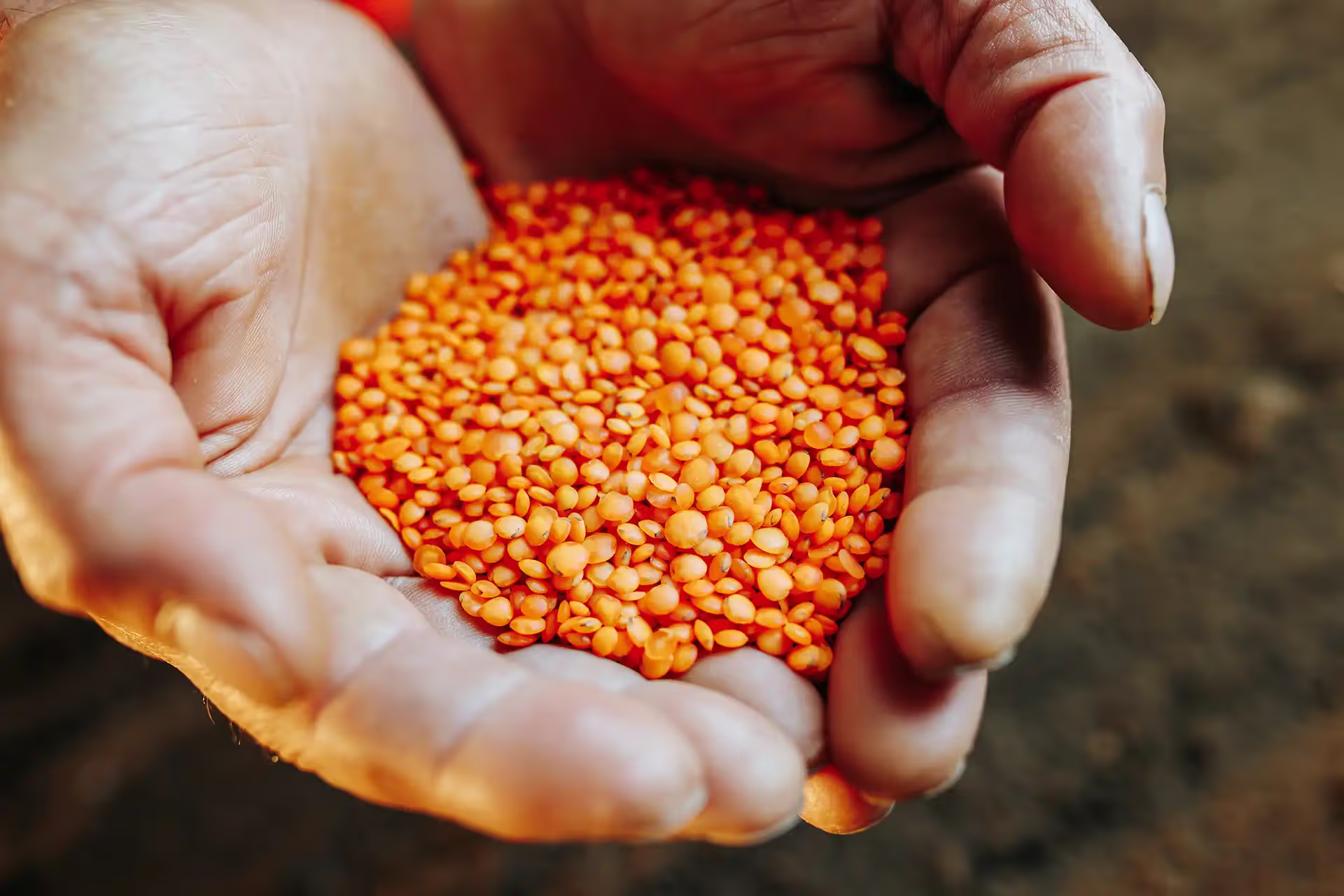
Apart from economic costs, rising import demands raise concerns about monitoring quality and safety—concerns that have emerged from time to time. In exporting countries, where pulses are not a staple food, there is a higher possibility of safety and health precautions being violated.
There is a very strong case for formulating a comprehensive strategy to increase local production of pulses in safe and healthy ways, thereby making a very significant contribution to promoting nutrition and protecting the environment. In this effort, we can learn much from traditional practices, particularly mixed cropping systems and crop rotations, as these provide valuable insights into which pulse crops can be best grown in combination with cereals and other crops in specific locations.
A highly decentralised approach is needed, with programmes prepared through adequate consultation with local farmers, particularly elderly and experienced farmers, including women. The government should take steps to encourage pulse production by ensuring proper prices in the market and procure pulses for supply to weaker sections of society through the public distribution system. In addition, farmers can secure better returns if local, village-level processing of pulses is promoted.
Also read: ‘Summer ragi’: How Kolhapur farmers’ millet experiment became a success story
{{quiz}}'
(Additional editing by Neerja Deodhar)
Explore other topics
References

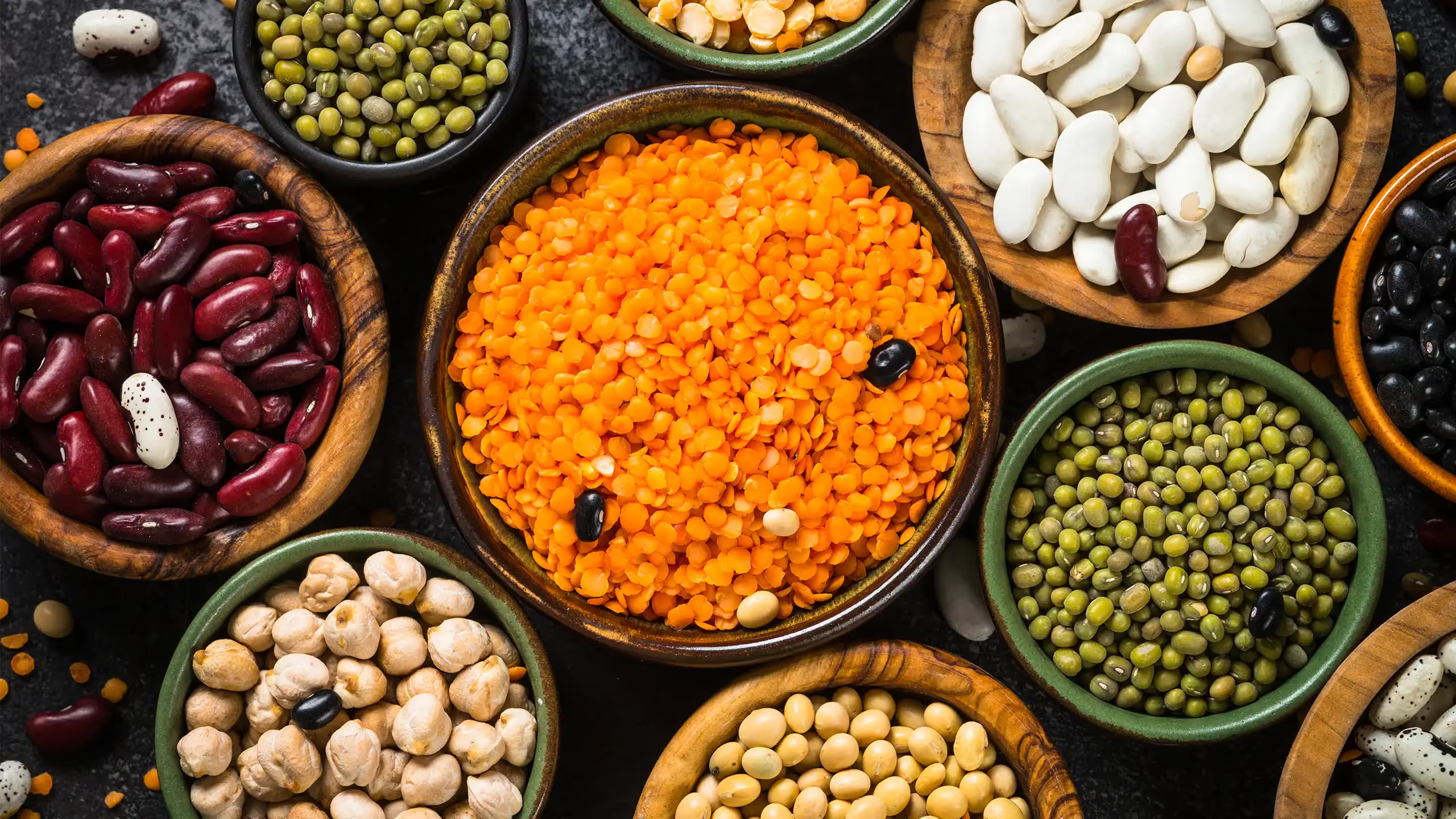
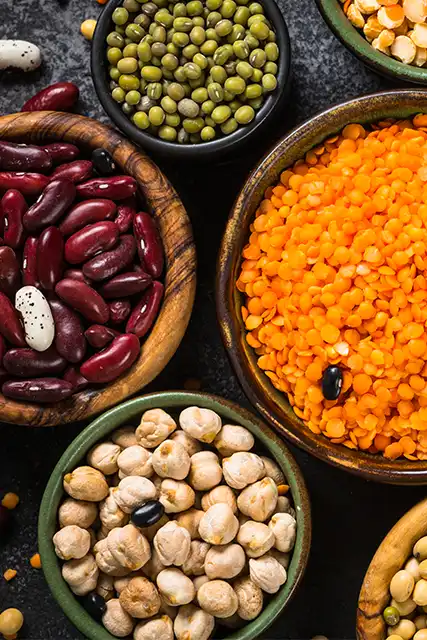

.avif)

